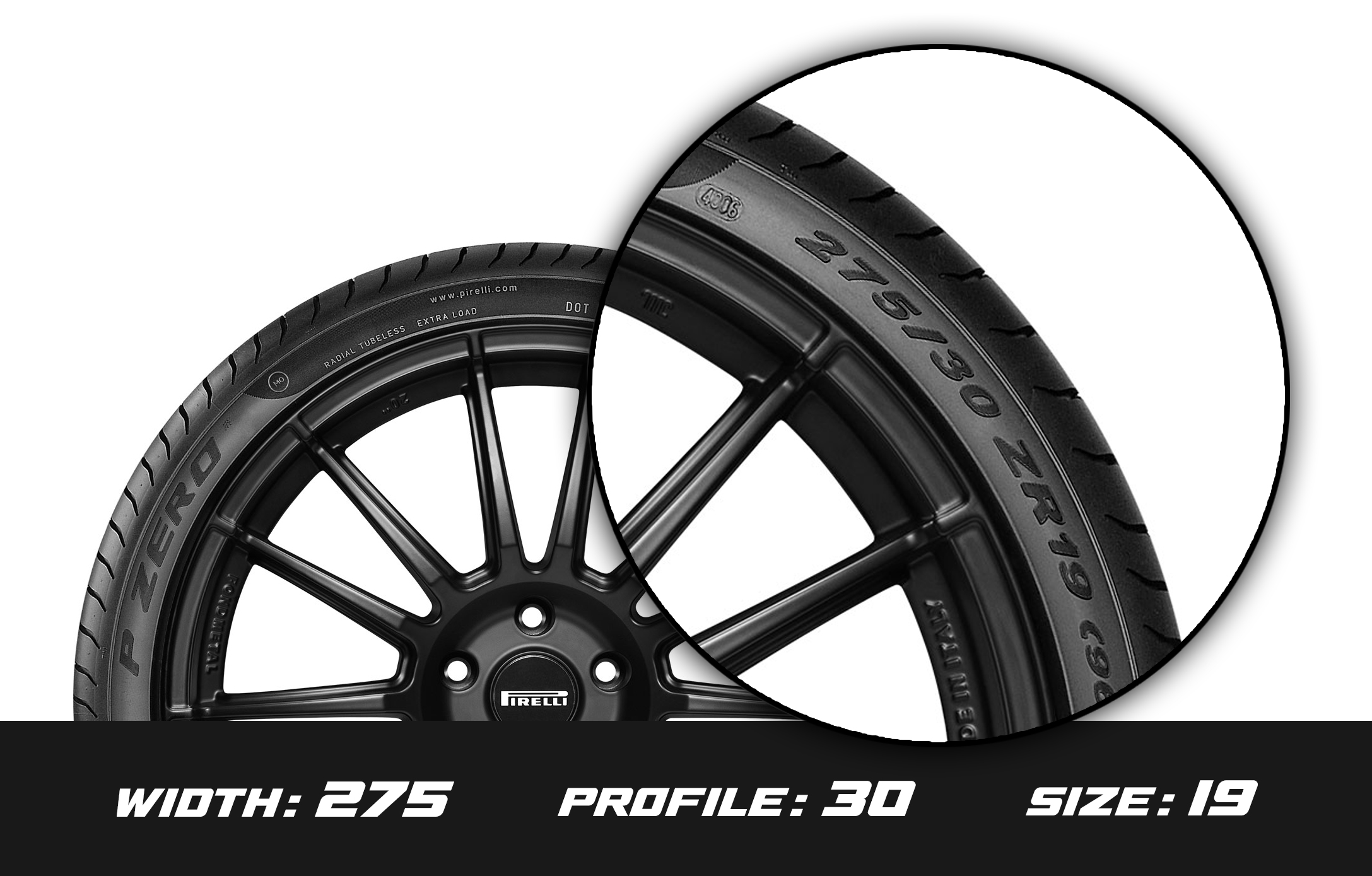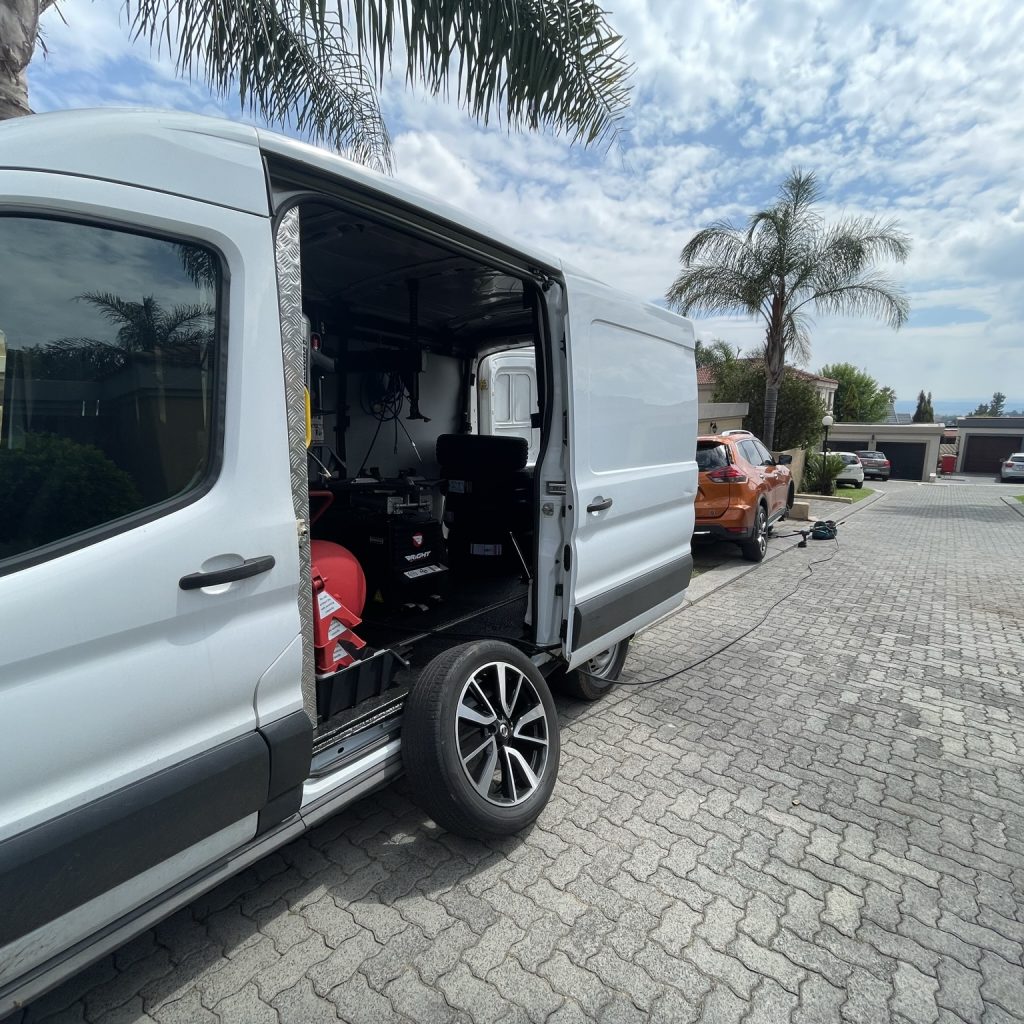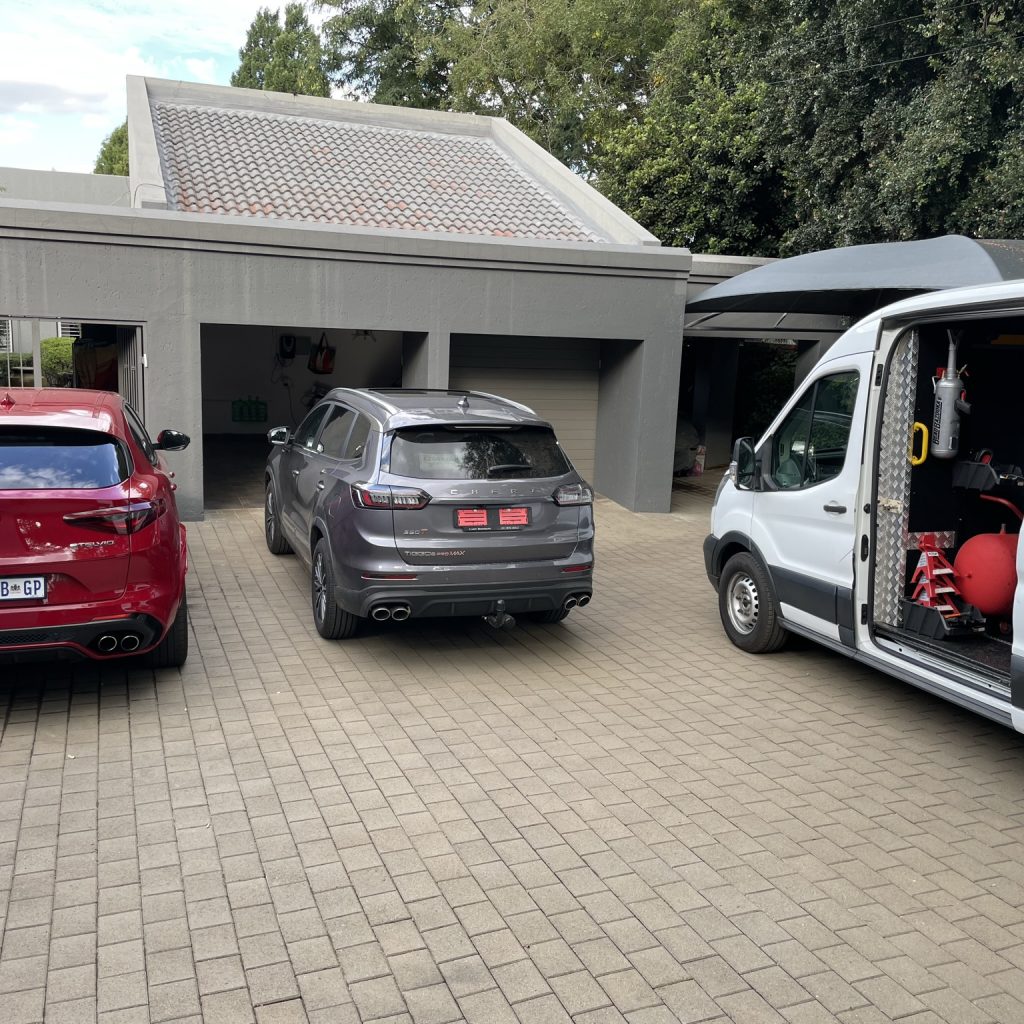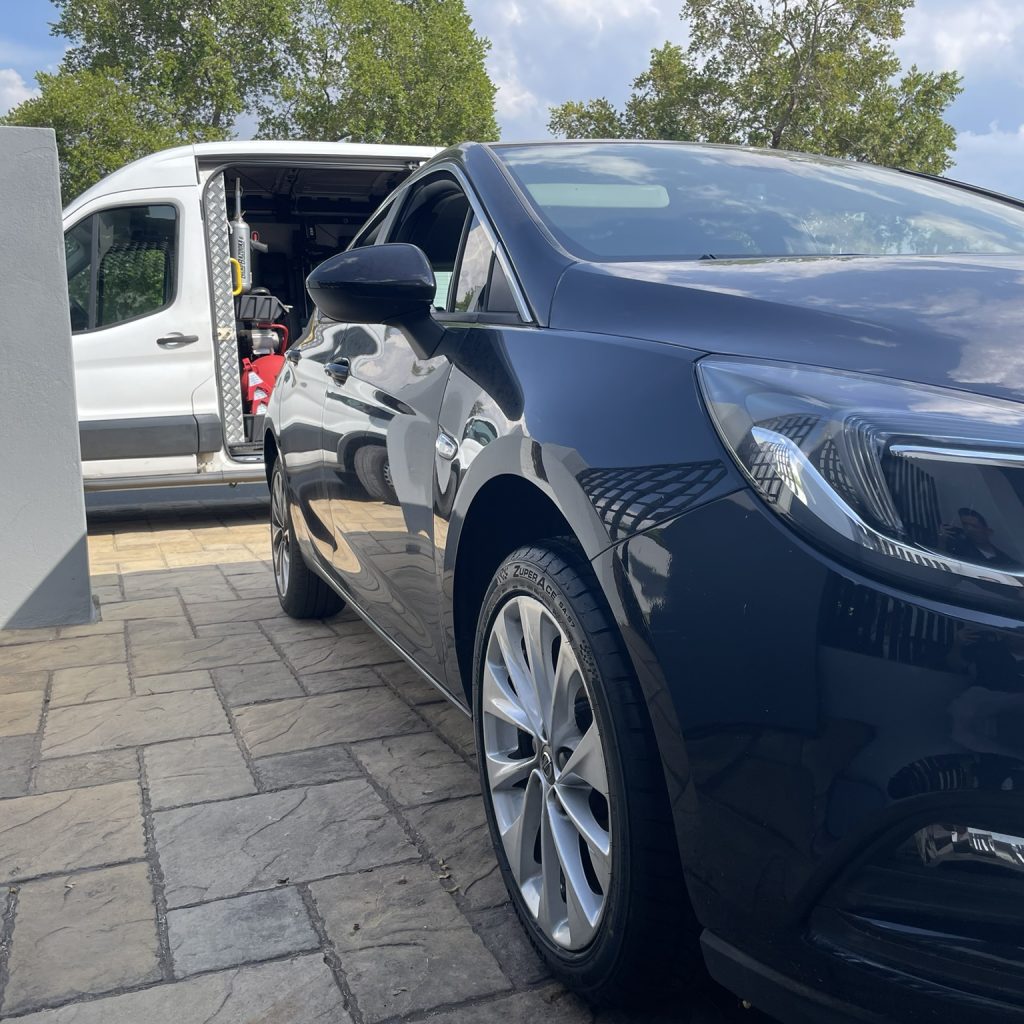SUPPORT
Discover the Ease of Online Tyre Shopping: Explore the Fundamentals of Tyre Technology.
Frequently Asked Questions
Get your questions about tyres and our mobile tyre fitting service answered here!

What is my tyre size?
On the tyre sidewall: The size is printed in a format like 225/55R16 or like the image 275/30R19. Width / Profile R Size.
Delivery
Anywhere & FAST Delivery. We offer express next day delivery in Gauteng and express 1-2 days nationwide. Standard 2-3 days delivery in Gauteng and 3-4 days Nationwide. Once you've placed your order you will receive a tracking number with an estimated delivery.
Mobile tyre fitment
Mobile tyre fitting is a convenient service that allows tyre replacement at a location of your choice, whether it's at home, at work. This service eliminates the need for you to visit a tyre shop, saving you time and reducing hassle. Our team of skilled technicians comes equipped with all the necessary tools and equipment to provide professional tyre fitting, balancing, and disposal of old tyres. The process involves scheduling an appointment at a time and place that suits you, and our mobile unit will handle the rest. Mobile tyre fitting is ideal for busy individuals, those with mobility issues, or anyone looking for a more convenient alternative to traditional tyre services. It's a safe, efficient, and cost-effective way to ensure your vehicle remains roadworthy without interrupting your daily schedule.
hOW SOON CAN YOU COME AND CHANGE MY TYRES?
We offer next day tyre fitment. At checkout you can select your preffered date and time that suits you best.




FAQ
How do I know when to replace my tyres?
Tyres should be replaced when they reach the tread wear indicator bars that appear when there's 1.6mm of tread depth left. Signs of wear, such as cracks, bulges, or visible cords, also indicate the need for replacement. Additionally, tyres older than 6 years might require replacement due to age-related degradation, regardless of tread depth.
What is the correct tyre pressure for my vehicle?
The correct tyre pressure for your vehicle is determined by the manufacturer and is typically found in the owner's manual, on a sticker in the driver's side door jamb, or inside the glove box lid. Proper tyre inflation is crucial for optimal performance, fuel efficiency, and safety.
Can I mix different types of tyres on my vehicle?
It is generally not recommended to mix different types of tyres on a vehicle. For the best handling, control, and safety, all four tyres should be of the same type, size, tread pattern, speed rating, and ideally, brand. Mixing different tyres can lead to uneven wear and potentially dangerous driving conditions. Not having the same type of tyre on the same axel too is not roadworthy. Both tyres on the same axel need to be the same.
How often should I rotate my tyres, and why is it important?
Tyres should be rotated every 8,000 to 12,800 kilometers to promote even wear and extend their lifespan. Rotation patterns can vary depending on the vehicle (front-wheel drive, rear-wheel drive, all-wheel drive) and tyre type. Regular rotation helps maintain balanced handling and traction, especially during adverse weather conditions.
What do the numbers on my tyre's sidewall mean?
The markings on a tyre's sidewall provide specific information about the tyre's size and capabilities. For example, "205/55R16 91V" indicates the tyre's width (205mm), aspect ratio (55%), construction type (R for radial), diameter (16 inches), load index (91, corresponding to a maximum load capacity), and speed rating (V, indicating a maximum speed). Understanding these codes can help you choose the correct tyres for your vehicle and driving needs.
Passenger Vehicle Tyre Load Index Chart
| Load Index | Load Capacity (kg) per Tyre |
|---|---|
| 70 | 335 |
| 71 | 345 |
| 72 | 355 |
| 73 | 365 |
| 74 | 375 |
| 75 | 387 |
| 76 | 400 |
| 77 | 412 |
| 78 | 425 |
| 79 | 437 |
| 80 | 450 |
| 81 | 462 |
| 82 | 475 |
| 83 | 487 |
LI 84-97
| Load Index | Load Capacity (kg) per Tyre |
|---|---|
| 84 | 500 |
| 85 | 515 |
| 86 | 530 |
| 87 | 545 |
| 88 | 560 |
| 89 | 580 |
| 90 | 600 |
| 91 | 615 |
| 92 | 630 |
| 93 | 650 |
| 94 | 670 |
| 95 | 690 |
| 96 | 710 |
| 97 | 730 |
LI 98-115
| Load Index | Load Capacity (kg) per Tyre |
|---|---|
| 98 | 750 |
| 99 | 775 |
| 100 | 800 |
| 101 | 825 |
| 102 | 850 |
| 103 | 875 |
| 104 | 900 |
| 105 | 925 |
| 106 | 950 |
| 107 | 975 |
| 108 | 1000 |
| 109 | 1030 |
| 110 | 1060 |
| 115 | 1215 |
What does the tyre load rating mean, and how can I determine the appropriate one for my car?
The load index, or tyre load rating, is a numerical code given to tyres by their manufacturers. This code indicates the maximum weight that the tyre can safely support when it's being used at its highest speed. This rating is crucial for assessing a tyre's durability and its capacity to handle increased pressure levels. Understanding the load index is vital for maintaining road safety, as using tyres that aren't suited to your vehicle's specifications can result in tyre failures and accidents. The tyre load rating is determined by the tyre's manufacturer and plays a key role in selecting the appropriate tyre for your vehicle. To make an informed choice, consider the following: Vehicle's total weight. Tyre's weight. Maximum passenger load. Vehicle's maximum carrying capacity. Additional weight from the vehicle's momentum. For further clarification, consult your vehicle's manual or the information placard provided by the manufacturer to learn about your vehicle's load specifications.

Mobile tyre fitment
Changing tyres the easy way.



